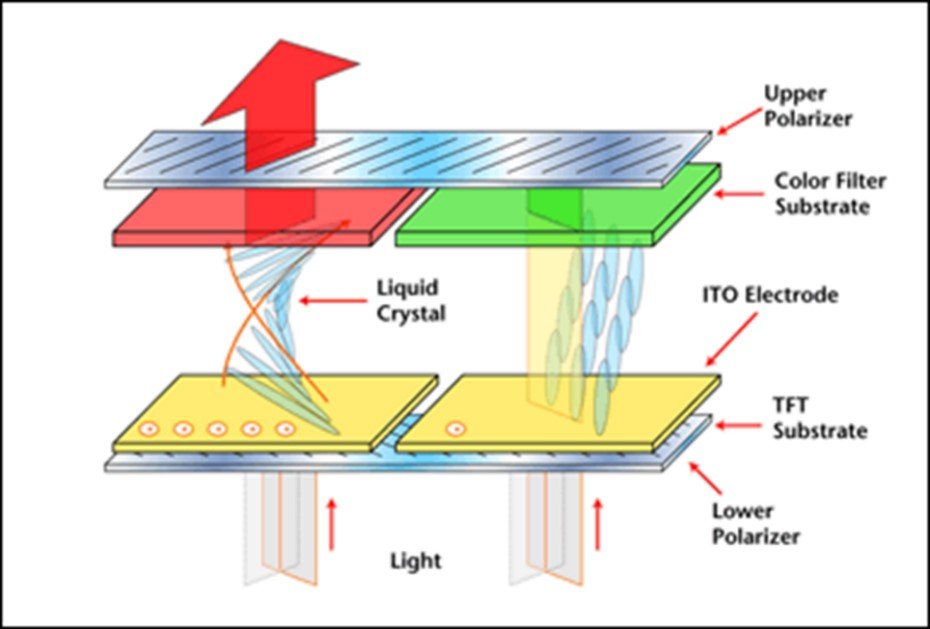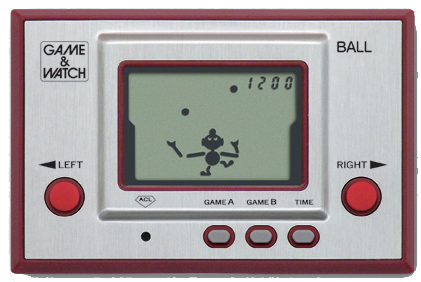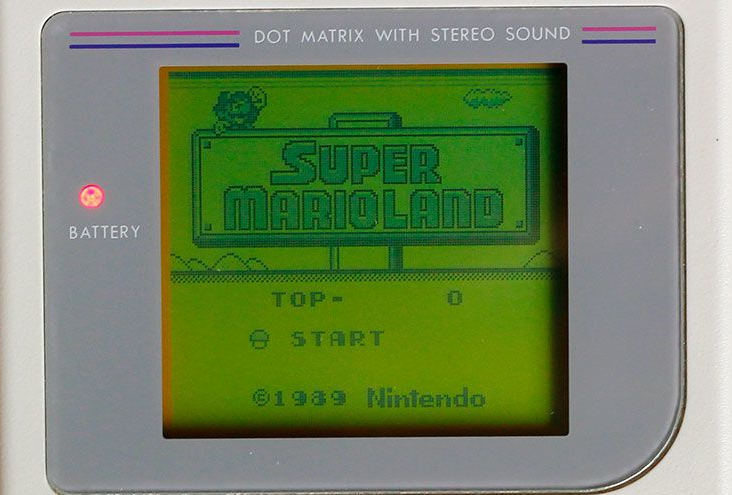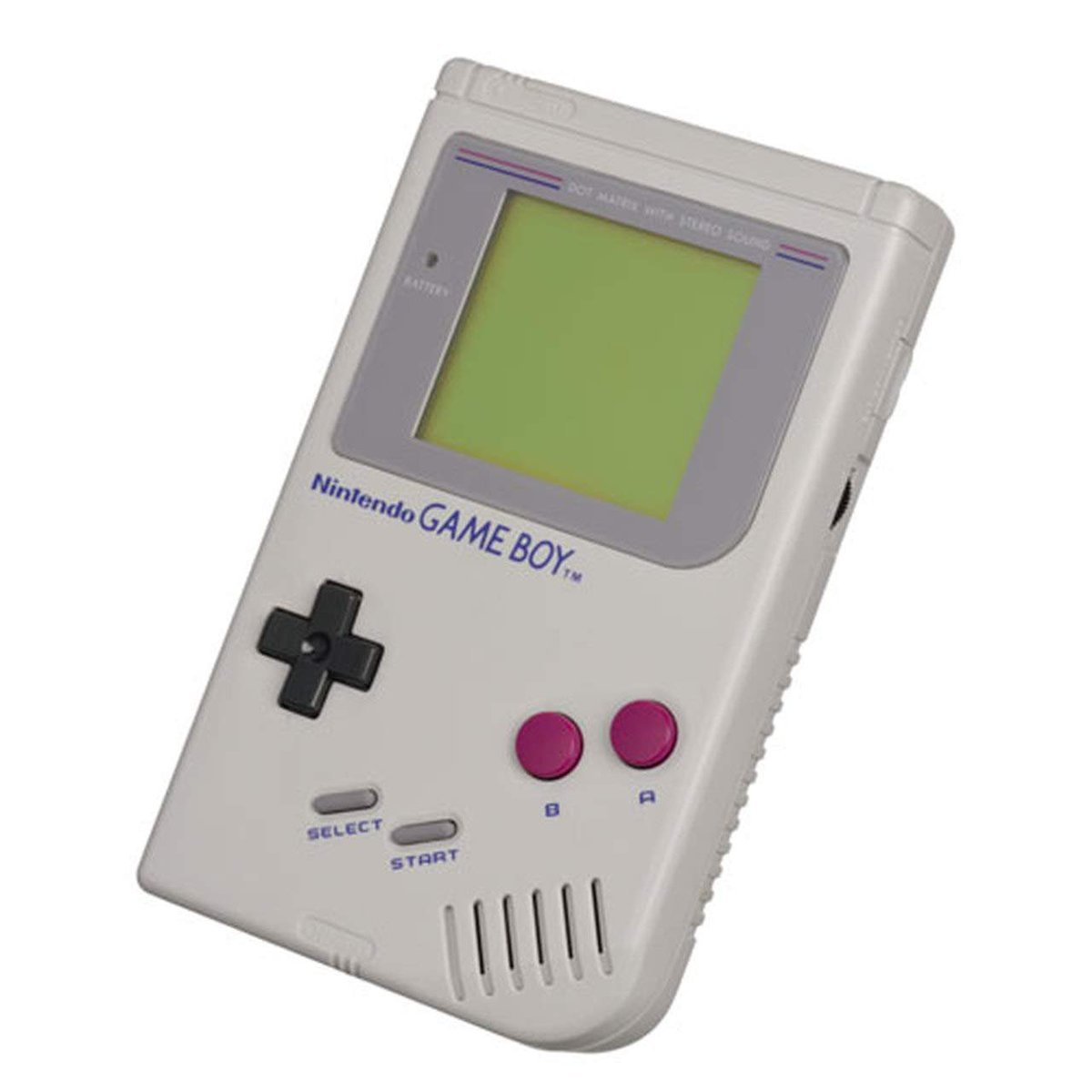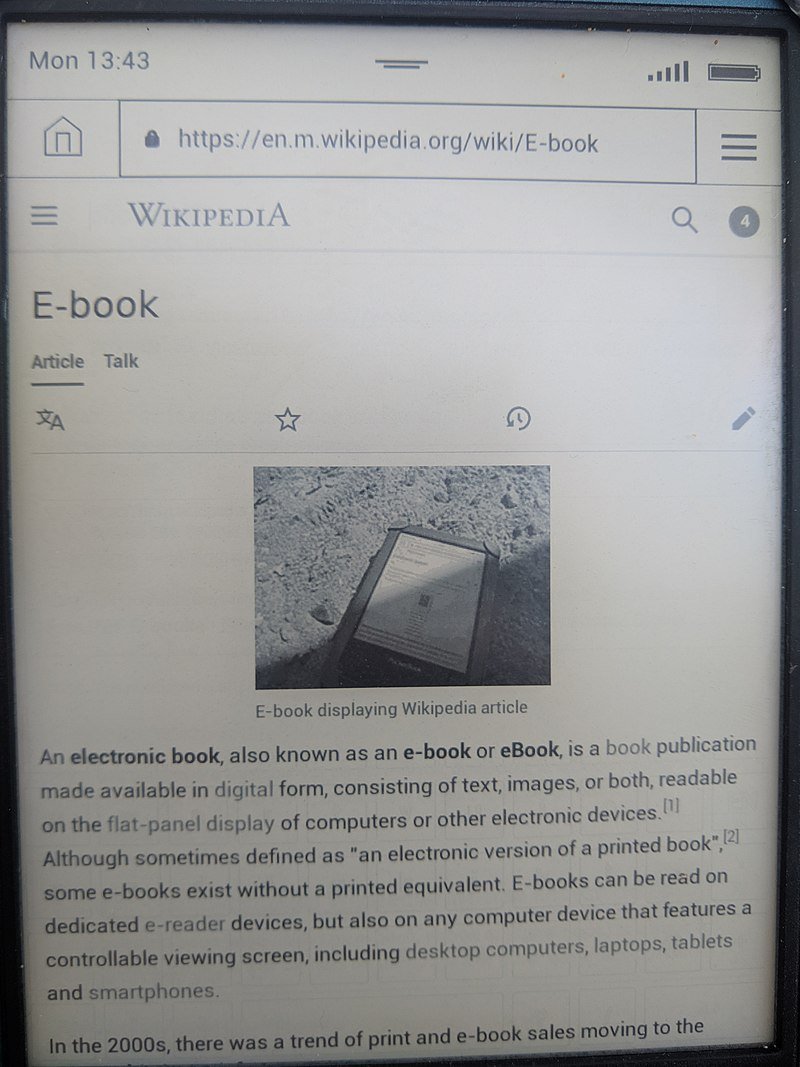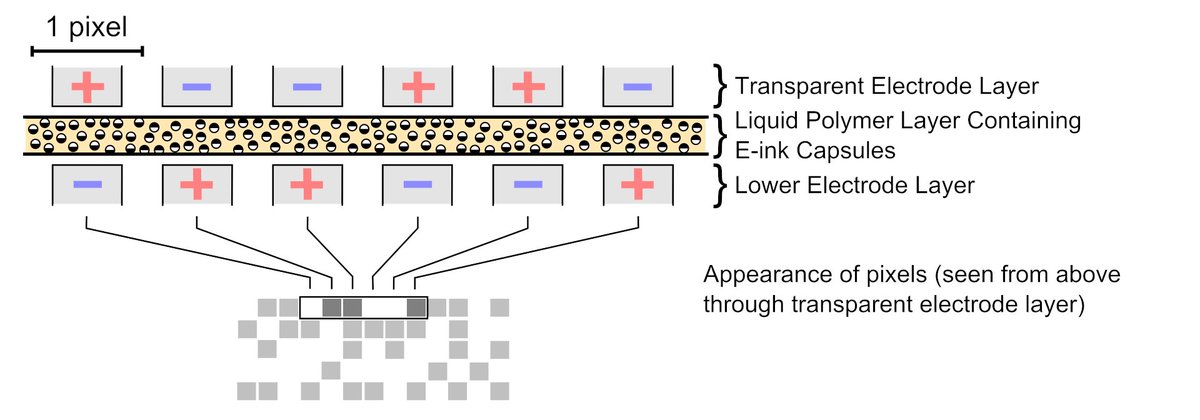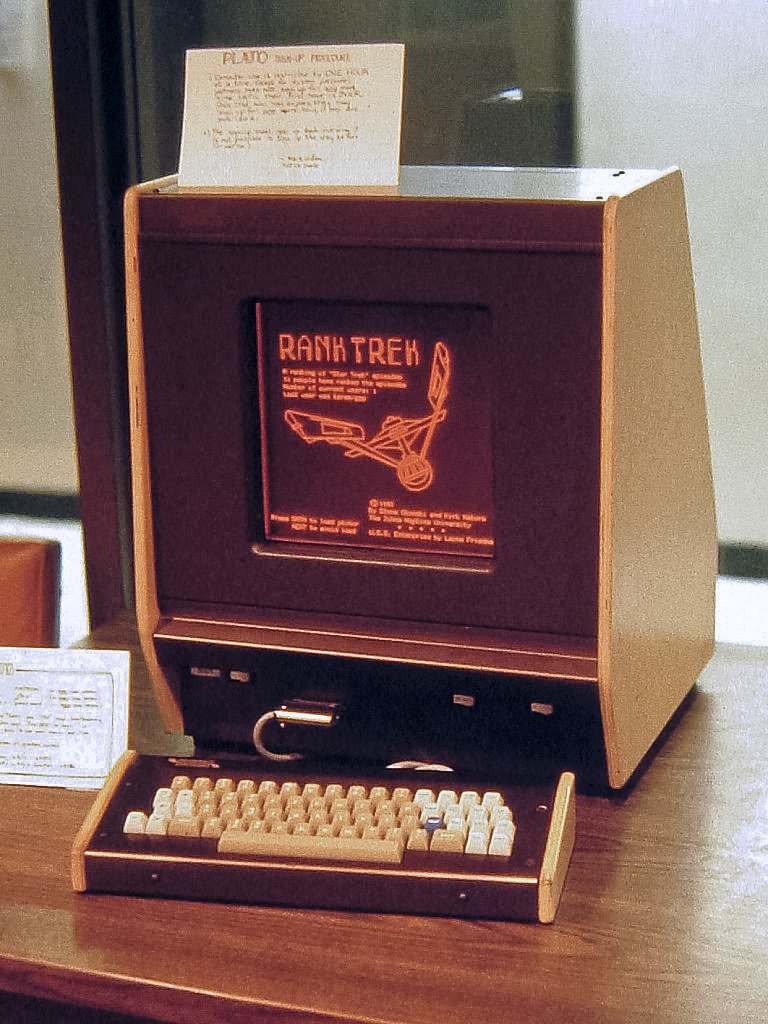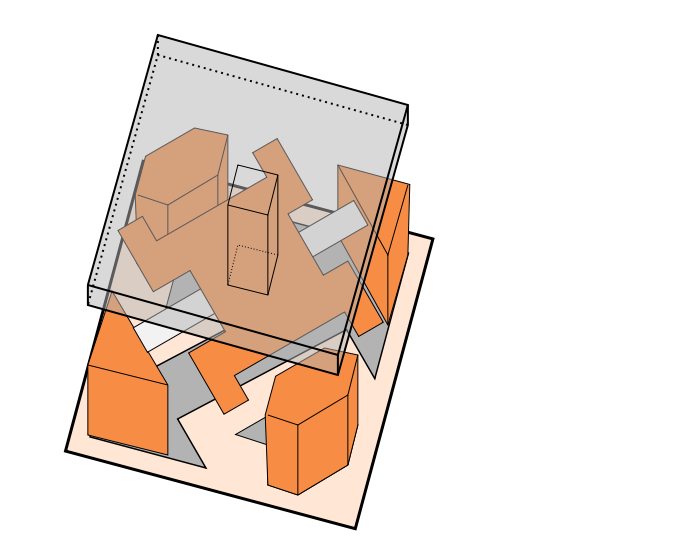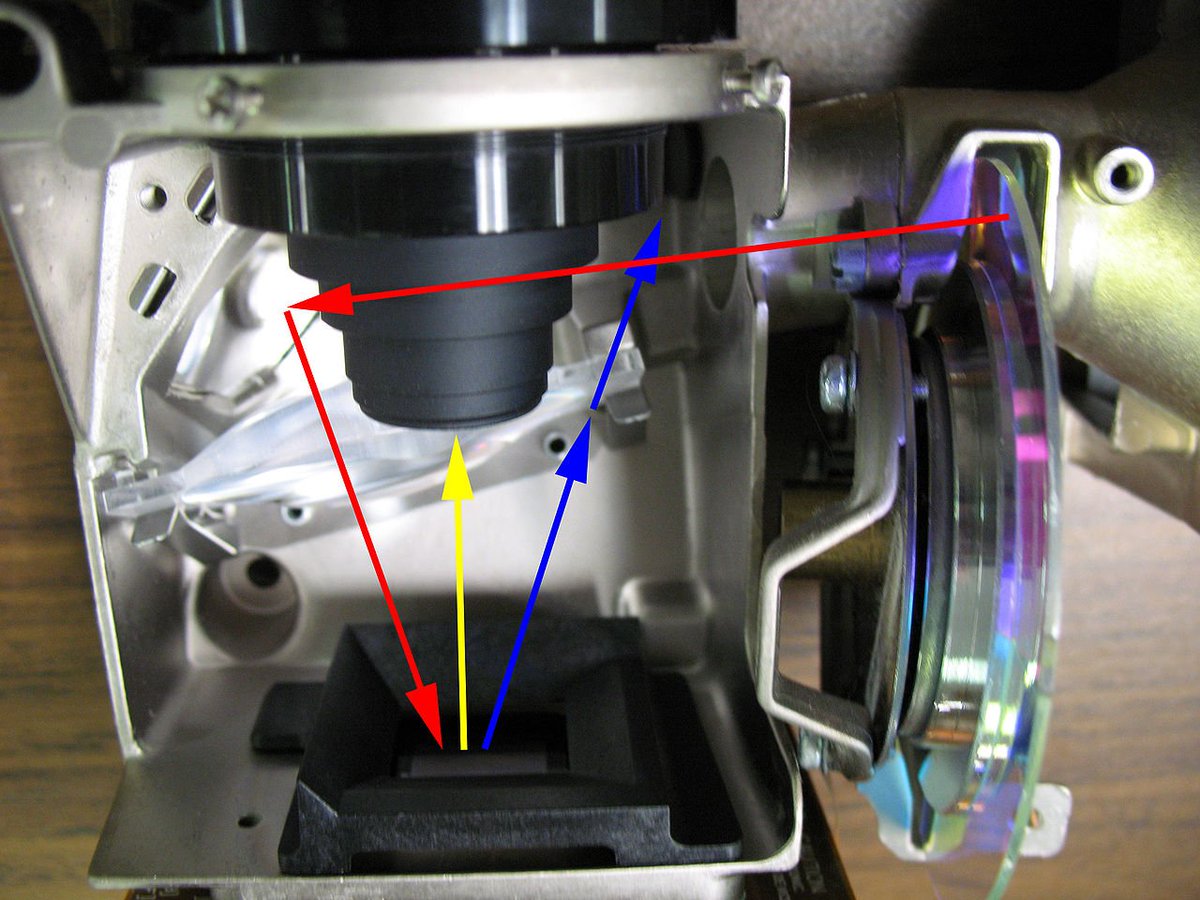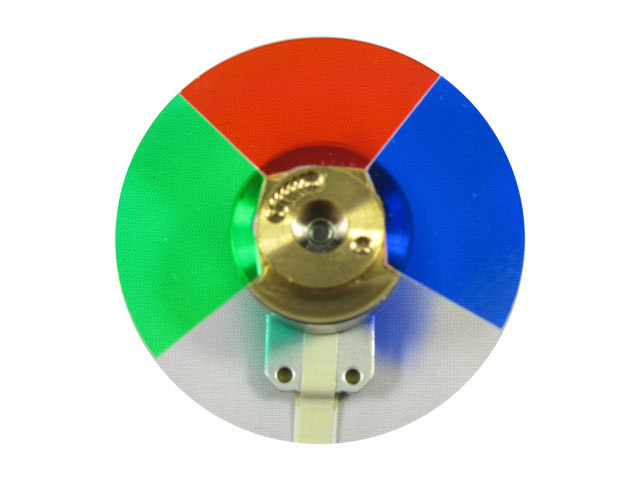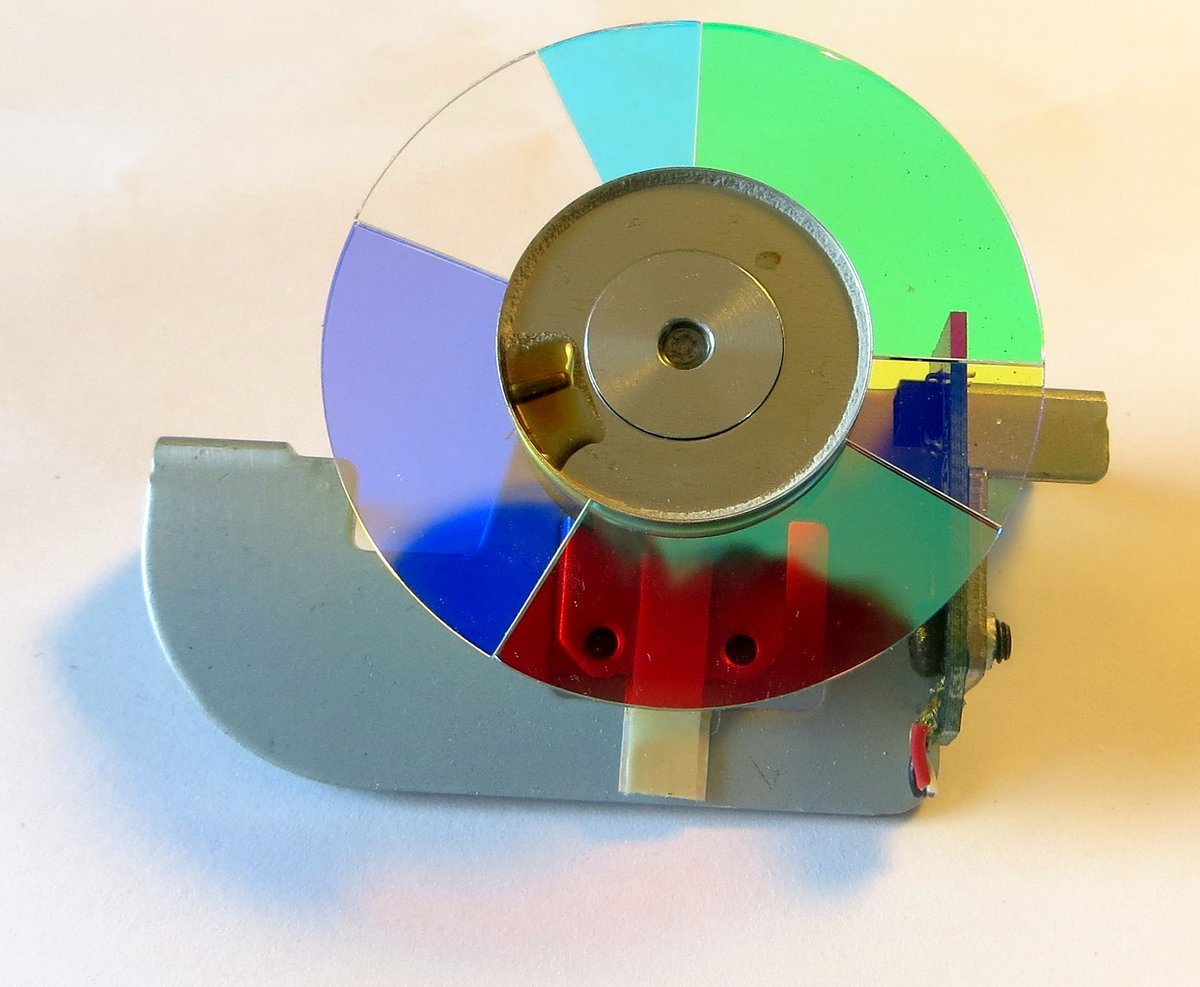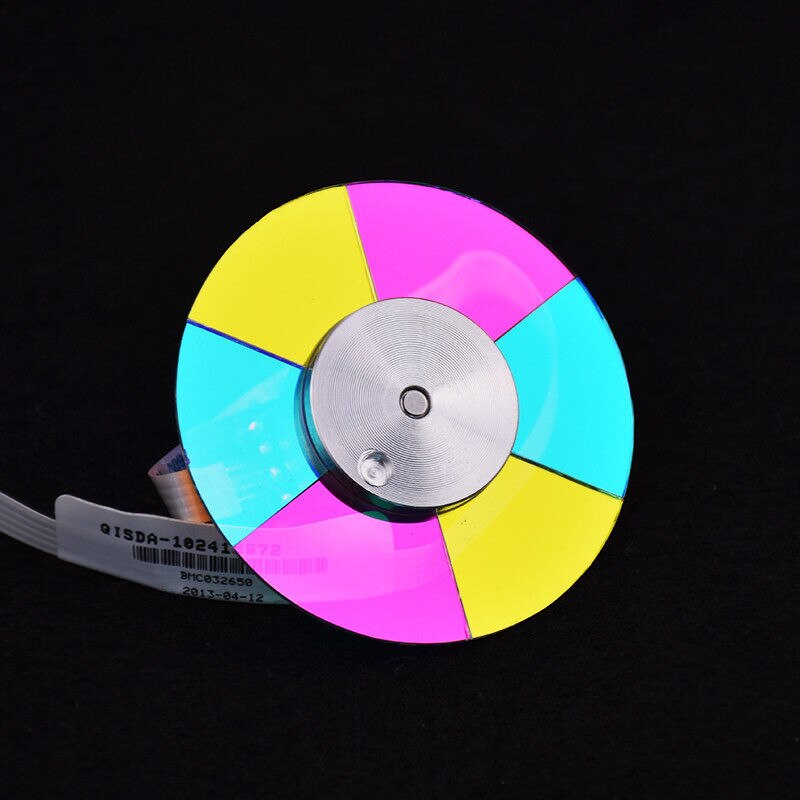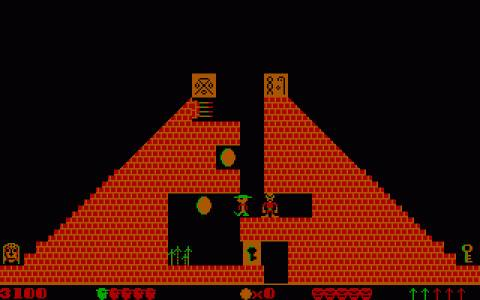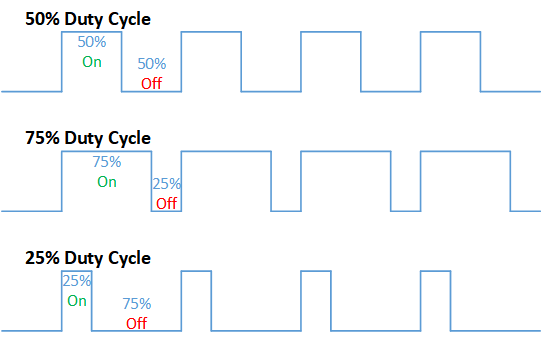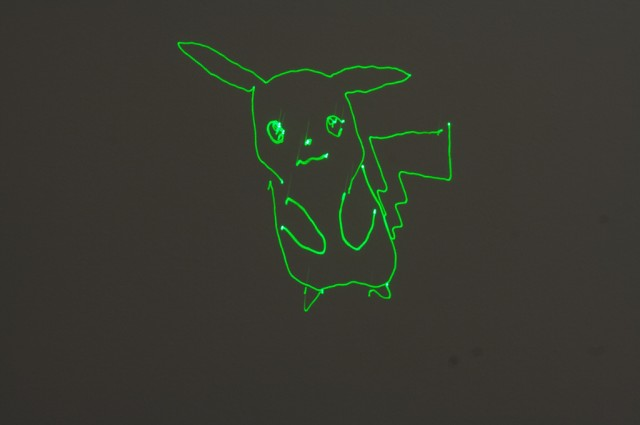So there's a "shower thought" thing going around saying "lights in video games use real electricity".
Is that true though? It turns out the answer is:
"Yes", "Kinda but not really?", and "it depends"
Is that true though? It turns out the answer is:
"Yes", "Kinda but not really?", and "it depends"
First off, yes. it's true.
Video game lights require real world electricity to shine at your face, clearly. Unplug your computer from the wall/pull the battery, and they turn off.
They also require electricity to calculate, not just be rendered... so yes, they use electricity.
Video game lights require real world electricity to shine at your face, clearly. Unplug your computer from the wall/pull the battery, and they turn off.
They also require electricity to calculate, not just be rendered... so yes, they use electricity.
now here's the kinda-but-not-really part:
How do LCD monitors work? Do they require power to make a virtual light light up?
Well... depends what you mean, exactly.
How do LCD monitors work? Do they require power to make a virtual light light up?
Well... depends what you mean, exactly.
So there's a couple technologies for LCDs but the usual active-matrix kind used in PC monitors basically work by having a backlight, two polarizers, and a liquid crystal between them.
The liquid crystal can either rotate light, or not rotate it, selectively, per each sub-pixel
The liquid crystal can either rotate light, or not rotate it, selectively, per each sub-pixel
And the polarizers are set up at 90-degree angles to each other.
So the first one blocks all light that isn't horizontally polarized, and the second one blocks all light that isn't vertically polarized.
The end result? No light escapes. You've invented a black rectangle, great.
So the first one blocks all light that isn't horizontally polarized, and the second one blocks all light that isn't vertically polarized.
The end result? No light escapes. You've invented a black rectangle, great.
the liquid crystal part is what makes it work, which is why they're called Liquid Crystal Displays.
By running a current through the crystal, it changes form and now twists the light 90 degrees.
By running a current through the crystal, it changes form and now twists the light 90 degrees.
So when the power is not on to that particular cell, the light goes through this series of steps:
1. Emitted by the backlight (unpolarized)
2. Filtered by the first polarizer (now it's all horizontally polarized)
3. passes through the liquid crystal unchanged
4. Filtered out by the second polarizer (since it only passes vertically polarized light)
2. Filtered by the first polarizer (now it's all horizontally polarized)
3. passes through the liquid crystal unchanged
4. Filtered out by the second polarizer (since it only passes vertically polarized light)
but when the power is on, steps 3 and 4 become:
3. Rotated by the liquid crystal (it's now vertically polarized)
4. Passed right through the second polarizer (since it only allows vertically polarized light)
3. Rotated by the liquid crystal (it's now vertically polarized)
4. Passed right through the second polarizer (since it only allows vertically polarized light)
So that's how LCDs work. You have two filters and the default path for the light is that 50% of the light is blocked by the first polarizer, and 50% of the light is blocked by the second one.
But you can selectively add power, and the 50% makes it through the second one.
But you can selectively add power, and the 50% makes it through the second one.
But that brings up the weird thing about how the LCD works with the polarizing: your screen is kinda always white? it's just the LCD layer is blocking some of the light.
It's like having a light bulb in a room but instead of turning it on and off, you have it always on, and just occasionally lower a shade over it when you want it to be dark.
So kinda the light is always there.
By turning it off in the game, you're not actually decreasing the amount of light coming off your backlight, you're just putting a block in front of it.
By turning it off in the game, you're not actually decreasing the amount of light coming off your backlight, you're just putting a block in front of it.
and you might think "eh, I see what you mean, but who cares, that doesn't really count: you have to put more power into the screen to see the light!"
but do you?
but do you?
see the thing about this whole setup with the multiple polarizers and the liquid crystal rotating the light, it's all symmetric.
You could just as easily have two horizontal filters and use the liquid crystal to selectively BLOCK light when powered, rather than when unpowered
You could just as easily have two horizontal filters and use the liquid crystal to selectively BLOCK light when powered, rather than when unpowered
which results in the somewhat counter-intuitive case that your LCD screen consumes more power when (powered on, but) displaying black, than it does when displaying white!
Which makes sense when you consider that really, "displaying white" is the default state for an LCD.
The backlight? it's always on, no matter what the screen is trying to draw, whether it's black, white, or any shade or color in between.
The backlight? it's always on, no matter what the screen is trying to draw, whether it's black, white, or any shade or color in between.
The question is, of course, does the display in front of you work this way? is black the powered state or is white the powered state?
and the answer is... who knows. It could change completely from manufacturer to manufacturer and no one but them would know or care, really.
and the answer is... who knows. It could change completely from manufacturer to manufacturer and no one but them would know or care, really.
unless you disassemble an LCD, remove the backlight, and shine a light through it while it's unpowered.
(TODO: do that for a broken LCD and see)
(TODO: do that for a broken LCD and see)
but ok, so with LCDs it's questionable, and it might take more power to draw a light as off than as on.
But are you looking at an LCD right now?
I mean, I am. But you might not be.
But are you looking at an LCD right now?
I mean, I am. But you might not be.
Because if you're on a phone, it might be using an OLED display.
OLED, specifically AMOLED, is very common in smartphones... and they work completely differently.
OLED, specifically AMOLED, is very common in smartphones... and they work completely differently.
So OLED displays work by having a two-layer surface which uses fun particle physics effects to generate light when powered. Under the two-layer surface, there's a matrix of thin-film transistors which can be used to control which spots light up.
Which is a super-oversimplified explanation of the unimportant-for-this-discussion details of how they work, but the key part you should take away from them is that they work, mechanically, like LEDs or incandescent bulbs: provide them with power, and they light up.
which is the pretty much opposite of how LCDs work:
They've got a backlight that's always on, and use a special filter in front of it to control whether you can see it or not.
They've got a backlight that's always on, and use a special filter in front of it to control whether you can see it or not.
You can see why phones would like this type of display. Backlights are expensive in terms of power usage, and also take up space. Not needing one means your phone can be smaller and last longer.
And that's why one of the possible answers to the "do lights in games use real electricity?" is "it depends"
because it depends on what kind of screen you're talking about.
LCD? It's a solid "maybe"
OLED? Definitely.
because it depends on what kind of screen you're talking about.
LCD? It's a solid "maybe"
OLED? Definitely.
And if you're a Cool Kid Retro Gamer using a CRT, it's also a Definitely.
CRTs have a phosphor coating on the inside of the tube, which is selectively excited using an electron beam. If the light is off and the screen is showing black, the electron beam turns off for those pixels
CRTs have a phosphor coating on the inside of the tube, which is selectively excited using an electron beam. If the light is off and the screen is showing black, the electron beam turns off for those pixels
Turn on the light, and the electron beam has to activate for those pixels, resulting in greater power use.
There's a fun side-question on this, though.
What about a game & watch/tiger electronics game or a gameboy?
What about a game & watch/tiger electronics game or a gameboy?
See I've been basically assuming in this thread that "LCD" equals "LCD with backlight" but some LCDs do not have backlights.
They instead have a reflective layer, and the light has to come from outside the display.
Like a Game & Watch...
They instead have a reflective layer, and the light has to come from outside the display.
Like a Game & Watch...
And the answer depends entirely on what color the display goes when it's turned off.
Does it go dark? or does it stay light?
Does it go dark? or does it stay light?
Well, here's a game boy that's turned off.
Oh look, the screen is light. What does that tell us?
It tells us the default state for this display is to pass light through, not to block it.
Oh look, the screen is light. What does that tell us?
It tells us the default state for this display is to pass light through, not to block it.
Which means it requires power to twist the light in the liquid crystal layer to cause it to be blocked by the polarizers.
So turning a light on in a game boy game causes the amount of power used to go DOWN, not up.
So turning a light on in a game boy game causes the amount of power used to go DOWN, not up.
The fun part of how reflective LCDs work is that the whole filter-twist/notwist-filter sequence happens twice.
The light gets filtered on the way in, then it reflects off the back and has to get filtered back the same way.
The light gets filtered on the way in, then it reflects off the back and has to get filtered back the same way.
But the process is symmetric so that doesn't really have any effects on the light, other than the fact that no filter is 100% perfect, and is always going to block some light it shouldn't
this is part of why reflective displays are so dim, even in decently-lit environments.
So, to sum up:
Do lights in games use real electricity?
Do lights in games use real electricity?
On the one hand, yes, definitely. They require electricity to compute their existence and to calculate where to draw them and how they'll appear.
On the other hand, kinda-not-really, because the way LCDs work is either:
1. less power is needed to reflect light at you
2. the backlight is selectively filtered, and might be powered when dark, not light
1. less power is needed to reflect light at you
2. the backlight is selectively filtered, and might be powered when dark, not light
and on the third hand, "it depends", because you might be talking about a light on a display type that's not LCD, like CRT or OLED, where it definitely works like "power=light", rather than the filtering method of LCDs.
The hardest one to justify would be a game light in a game boy game.
It's a reflective LCD that needs more power to darken than to stay light.
It's a reflective LCD that needs more power to darken than to stay light.
Like, if you had a game where you could switch the lights on and off, and got two gameboys with identical fresh batteries, and left them running until the battery died?
the one with the lights off would die faster.
the one with the lights off would die faster.
But at the same time, you still can't say "no" to the "do they use real electricity" question, because the fact is they have to use real electricity to EXIST.
And that comes down to how the shower-thought is phrased, really.
And that comes down to how the shower-thought is phrased, really.
"Do lights in a video game use real electricity?"
Definitely, but this is implying something slightly different... they use real electricity even when they're off, mind you.
Definitely, but this is implying something slightly different... they use real electricity even when they're off, mind you.
but if you phrase it as "Do lights in a video game make light using real electricity?"
then the question is clearer, and the answer is both more and less clear.
It's less clear because the answer is now "sometimes/it depends"
then the question is clearer, and the answer is both more and less clear.
It's less clear because the answer is now "sometimes/it depends"
but it's more clear because we can specifically map out where and when it is true and when it's false.
On a game boy? 100% false. No electricity is needed to make a light in a game light up, but electricity is needed to make it turned off.
On a game boy? 100% false. No electricity is needed to make a light in a game light up, but electricity is needed to make it turned off.
on a CRT or OLED? 100% true. Power is needed to make its pixels light up.
backlit-LCDs in between?
Eh, it depends, ask your manufacturer.
But quite possibly not.
Eh, it depends, ask your manufacturer.
But quite possibly not.
If you really want to make your head hurt, think about this:
What if you have an e-paper display, like on a kindle?
Do lights shown on there use real electricity?
What if you have an e-paper display, like on a kindle?
Do lights shown on there use real electricity?
ignoring that some later kindles have backlights/frontlights, standard (electrophoretic) e-paper displays works by having a dark oil with some charged white particles in it. By adjusting the electrical field in the liquid, the light particles move to the front or back
So the pixel is light if they're at the front, near the viewer, or dark if they're at the back, away from the viewer.
So where does the electricity come in? Which one is powered?
So where does the electricity come in? Which one is powered?
turns out the answer is "neither of them"
Electrophoretic displays do not use power to maintain an image. They just stay showing what they last displayed, potentially for YEARS.
Like, I posted about this in 2018: https://twitter.com/Foone/status/967882921305563136
Like, I posted about this in 2018: https://twitter.com/Foone/status/967882921305563136
And recently I was at another junk store which had inherited some of the inventory of that one, and I found that same display (the one on the right).
It's still there, still showing that image.
It's still there, still showing that image.
So the answer for e-paper is, somewhat confusingly, that it doesn't take real electricity to show a light that's turned on, or turned off.
But it takes electricity to change from one to the other.
But it takes electricity to change from one to the other.
Which makes sense if you think about how it's a physical process of moving particles.
If you're sitting at a flat desk and you have a coffee cup on it, it takes physical effort to move it from the right side to the left side.
But once it's there, it stays there.
If you're sitting at a flat desk and you have a coffee cup on it, it takes physical effort to move it from the right side to the left side.
But once it's there, it stays there.
you're not having to constantly expend effort to keep it on the left side to prevent it moving back to the right side.
It just stays there until someone moves it.
It just stays there until someone moves it.
so e-paper is basically like one of those stick-on-letters signs at churches and diner menus.
It takes work to set up a new display, but once done, it stays that way indefinitely.
It takes work to set up a new display, but once done, it stays that way indefinitely.
And in the unlikely event that you're using some weirder display type to view your videogames...
Really I think there's only two, or two and half that could be.
Really I think there's only two, or two and half that could be.
So, plasma displays, either the modern "big TV" or the old monochrome high-contrast:
They work like OLEDs, where they generate light in every pixel.
So they take more power when white than when black.
They work like OLEDs, where they generate light in every pixel.
So they take more power when white than when black.
And the other 1.5 is... projectors.
The thing is, there's (at least) two kinds of projectors:
LCD and DLP.
The thing is, there's (at least) two kinds of projectors:
LCD and DLP.
LCD projectors work pretty much like LCD displays, thus the 0.5.
It's just that instead of looking straight at the backlight + filters, you're looking at a surface they're projecting onto.
It's just that instead of looking straight at the backlight + filters, you're looking at a surface they're projecting onto.
Which really makes looking at a LCD sound scary, but there's a big difference in brightness of the backlight.
DLP projectors, on the other hand, use a bunch of Digital Micromirror Devices.
They're tiny mechanical devices that can rotate between two positions
They're tiny mechanical devices that can rotate between two positions
So the light comes in, then is bounced through the micromirrors. When they're in one state, they bounce right out the lens and onto the projection surface. When in the other state, they bounce to nowhere you can see, so that pixel is dark.
so it's a completely different technology to LCD but the end result is the same, in terms of how it works:
Light comes in, then is somehow filtered, with some (sub)pixels getting blocked and some (sub)pixels not being blocked.
Light comes in, then is somehow filtered, with some (sub)pixels getting blocked and some (sub)pixels not being blocked.
So which mode is the "powered" one, light or black?
It turns out for digital micromirror devices, the answer is "neither of them"
Yes, like e-paper, they require no power to stay in one state.
Light? Dark? Doesn't matter, no power needed. Changing? That's where we need power
It turns out for digital micromirror devices, the answer is "neither of them"
Yes, like e-paper, they require no power to stay in one state.
Light? Dark? Doesn't matter, no power needed. Changing? That's where we need power
It's a little more complicated than e-paper because it's color (I think? Did anyone ever build a monochrome DLP projector?). And DLP is weird because it's monochrome, and I mean real monochrome: no colors, no shades of grey.
every pixel is either ON or OFF and there are no other options.
Which sounds like you'd get a very Classic Macintosh style display, but no, these things are used in movie theaters, where vibrant color is key.
Which sounds like you'd get a very Classic Macintosh style display, but no, these things are used in movie theaters, where vibrant color is key.
So there's two ways to get a color image out of a DLP projector:
1. A white light and a color wheel
2. Multiple lights of different colors
1. A white light and a color wheel
2. Multiple lights of different colors
The color wheel one is pretty straight forward.
You have a color wheel before the mirrors, and it's synchronized with the mirror system, and rotating very fast.
You have a color wheel before the mirrors, and it's synchronized with the mirror system, and rotating very fast.
So instead of projecting one color image at a given refresh rate (like 24hz), you're effectively projecting three different monochrome images at three (or four, or more) times the refresh rate (so, 72hz for the 24hz 3-color example), but they blend together in the eye.
Looking up DLP color wheels shows that they're not simple R/G/B wheels like you might expect. A white segment is common, as are all sorts of fun variations, like more colors of different shades and sizes:
The multiple-lights solution works similar, just instead of having a white light and a color wheel to filter it, you instead have red/green/blue LEDs or lasers and swap then on and off as needed.
You still have one more problem, though.
Remember the mirrors are either ON or OFF, right?
If your color wheel has only 4 segments, Red/Green/Blue/White, you can only get 2*2*2*2=16 different colors out of it.
Remember the mirrors are either ON or OFF, right?
If your color wheel has only 4 segments, Red/Green/Blue/White, you can only get 2*2*2*2=16 different colors out of it.
although CGA limited you to 4 at once, except in text modes... so really we'd expect it to look like EGA graphics.
But no one would want to watch movies in 16 colors.
So how do they get shades of grey (which then turn into shades of different colors, once the color wheel/multiple lights thing comes in)?
Simple: They don't! You do.
So how do they get shades of grey (which then turn into shades of different colors, once the color wheel/multiple lights thing comes in)?
Simple: They don't! You do.
DLP projectors instead just display their colorized images way faster than even the multiplied-out framerate implied by the color disc, and they toggle them off and on very fast.
They're not analog, producing different brightnesses. They're instead digital, using pulse width modulation.
So if you want a white, they're on all the time.
A medium grey? they flicker between black and white repeatedly, each getting 50% of the time.
A dark grey? They flicker between black and white, with black getting more of the time than white.
A medium grey? they flicker between black and white repeatedly, each getting 50% of the time.
A dark grey? They flicker between black and white, with black getting more of the time than white.
So really you've got a display that has some resolution but it can only display in that resolution in full on two-shade monochrome
but by running it faster and using a color wheel (or multiple lights) you get color out of it, and then by running it EVEN FASTER you can flicker it on and off at different rates, knowing that all of this will smear together into vibrant colors in the heads of the audience
This, btw, is something I'm surprised I've not seen come up in sci-fi: have aliens who can't see our screens, because we built them too dependent on human vision.
like, QI had a question which was "why don't pigeons like going to the cinema?" and the answer was something like "cinema works for humans because the 24 frames a second can smear together into an illusion of movement"
but pigeons have a different visual processing system, and to them it would be like a slideshow. Instead of movement, they'd see individual frames.
I think they estimated it'd be something like 240 frames a second before a pigeon could get the same effect.
I think they estimated it'd be something like 240 frames a second before a pigeon could get the same effect.
So an alien could show up and they've got a fast visual system and our movies make no sense to them because they don't see movement, and our screens may make no sense to them because of how they're displayed.
Like, CRTs have phosphors that stay lit for a while after the electron beam moves past them, but that's an effect that we try to minimize. A lot of the effect of seeing the whole screen lit up at once is in your head, not on the screen.
that's from this Slow Mo Guys video:
Similarly, if your vision was fast enough, DLP projection would be a nightmare.
It's constantly flickering between dark and light, in different colors, what the heck?
But it was designed by humans who tuned it to be acceptable to them, based on how their visual system works
It's constantly flickering between dark and light, in different colors, what the heck?
But it was designed by humans who tuned it to be acceptable to them, based on how their visual system works
And the fact that LCD screens are polarized could also be a problem. Humans can't really see polarization, but there are animals on earth that can: insects, octopuses, and of course the mantis shrimp.
So LCDs are going to be very weird to them.
So LCDs are going to be very weird to them.
The fun part about being able to see polarization is that if you could see it, you could build an LCD with only one polarizer. Leave off the outer one, and the screen will be white to polarization-ignorant animals like humans, but visible to polarization-sensitive animals.
This is an easy trick to do in the real world, without having to recruit any cephalopods or aliens (or alien cephalopods).
Remove the outer polarizer and get some polarizing sunglasses, and your image is only visible through the glasses. https://twitter.com/Foone/status/1001202974524239872
Remove the outer polarizer and get some polarizing sunglasses, and your image is only visible through the glasses. https://twitter.com/Foone/status/1001202974524239872
in any case, to untangent back to the original question... DLP screens are kinda in the same bucket as e-paper, but they're e-paper-like with a backlight.
They require constant power to be visible, it's the same if the light is off or on.
They require constant power to be visible, it's the same if the light is off or on.
it's only when you turn a light on or off that the mirrors have to move... but since they're doing this PWM brightness thing PLUS a color wheel/multiple lights, they're probably moving constantly, unless you're watching a completely black or completely white screen
The only other type of display I could imagine playing a (graphical) game on would be a mechanical flip-dot display.
They work by having double-sided circles that are bright on one side and dark on the other, and flip over when a magnetic field is introduced
They work by having double-sided circles that are bright on one side and dark on the other, and flip over when a magnetic field is introduced
they're big, noisy, and slow, which would make them difficult to make a game with, but it would be awesome if you did.
In any case, they have the same basic features as e-paper: it takes power to swap them, but once they're in a state, they stay there.
In any case, they have the same basic features as e-paper: it takes power to swap them, but once they're in a state, they stay there.
You could make a game that uses a vector display. Either a CRT display like a Vectrex, or a laser-projector like this one from scanlime:
https://scanlime.org/category/projects/laser-projector/
https://scanlime.org/category/projects/laser-projector/
They work by having a single dot of light and moving it around really fast, repeatedly, and letting your persistence of vision see it as lines and shapes.
You'd need power to display a light in one of them, but you'd need power whether it's on or off. You also can't really "fill in" anything in vector graphics like this, so showing that it's on is tricky. You'd have to scribble it in like Pikachu's eyes, or draw rays coming off
but in any case, those are going to require more drawing, which results in more power usage.
probably.
probably.
see vector displays have this weird thing where "brightness = time".
They're really just a dot, and it's moving around a lot.
The more it has to move, the longer it takes to restart the drawing process.
They're really just a dot, and it's moving around a lot.
The more it has to move, the longer it takes to restart the drawing process.
and the longer it takes, the fainter and flickery-ier the image gets.
So you usually don't have time at the end of a "frame" to turn off the beam and rest, you just immediately start over.
So you usually don't have time at the end of a "frame" to turn off the beam and rest, you just immediately start over.
which means the power usage is mostly consistent? because if you're drawing two light bulbs, you might refresh the screen 30 times a second, but if you go up to 4 light bulbs, you now refresh it 15 times a second
but the end result in terms of how much of a given time the laser/electron beam is on is always going to be "always".
It's just a matter of where you're aiming it and when.
It's just a matter of where you're aiming it and when.
and the only thing that varies in terms of total power used is how much power you need in the yoke/mirror assembly to steer the mostly-always-on beam.
because it does actually turn off sometimes... just because otherwise you'd get the etch-a-sketch effect where everything you drew was connected with little lines.
this has the weird effect on power usage which means that if your scene is two squares moving apart, the power usage goes DOWN as they move farther apart
because being farther apart means more time is spent with the beam turned off and moving between them
ANYWAY I'm gonna stop now.
If you liked this, feel free to donate a dollar or two to my ko-fi, to help me pay for more stupid displays so I can play Doom on them: https://ko-fi.com/fooneturing
If you liked this, feel free to donate a dollar or two to my ko-fi, to help me pay for more stupid displays so I can play Doom on them: https://ko-fi.com/fooneturing
or set up a monthly donation on my patreon: https://www.patreon.com/foone
or if you want to know more about how CRTs work, I had a thread on it before: https://twitter.com/foone/status/1159904664055214080

 Read on Twitter
Read on Twitter